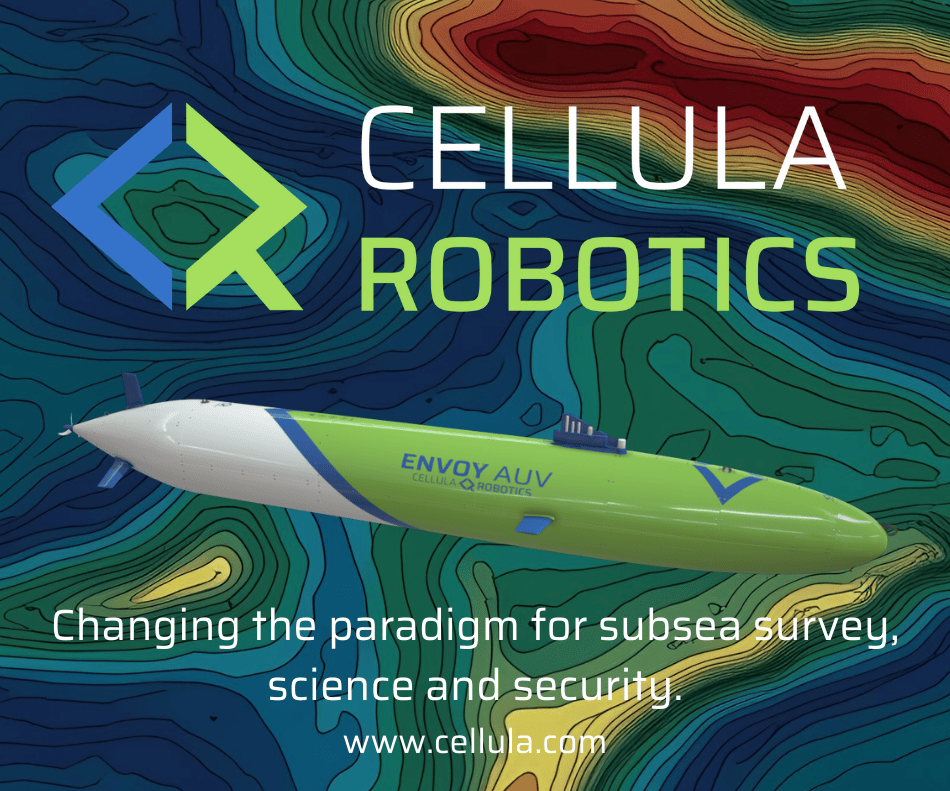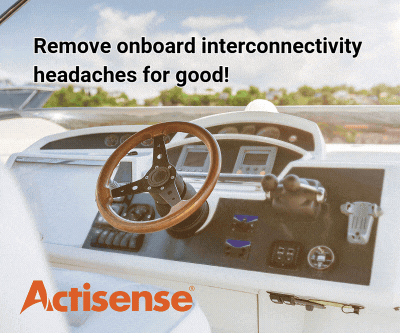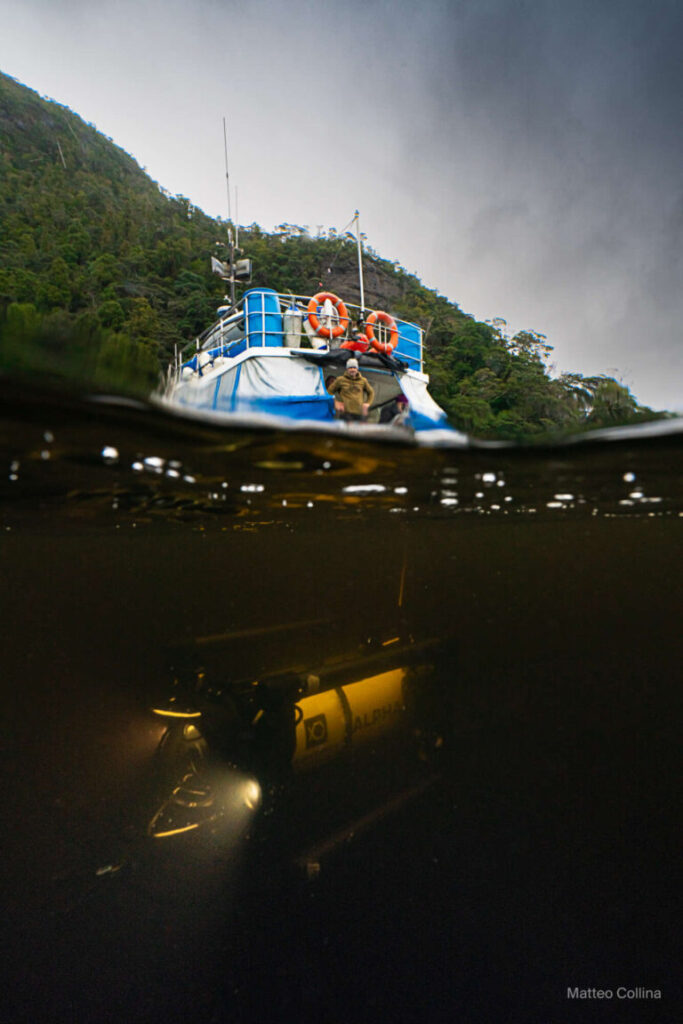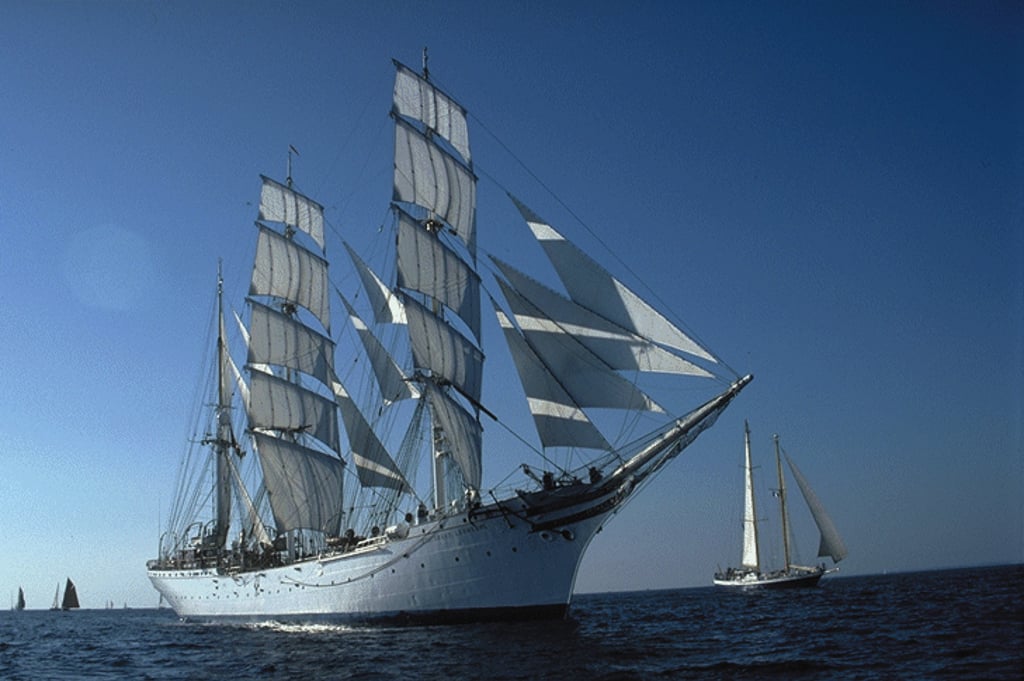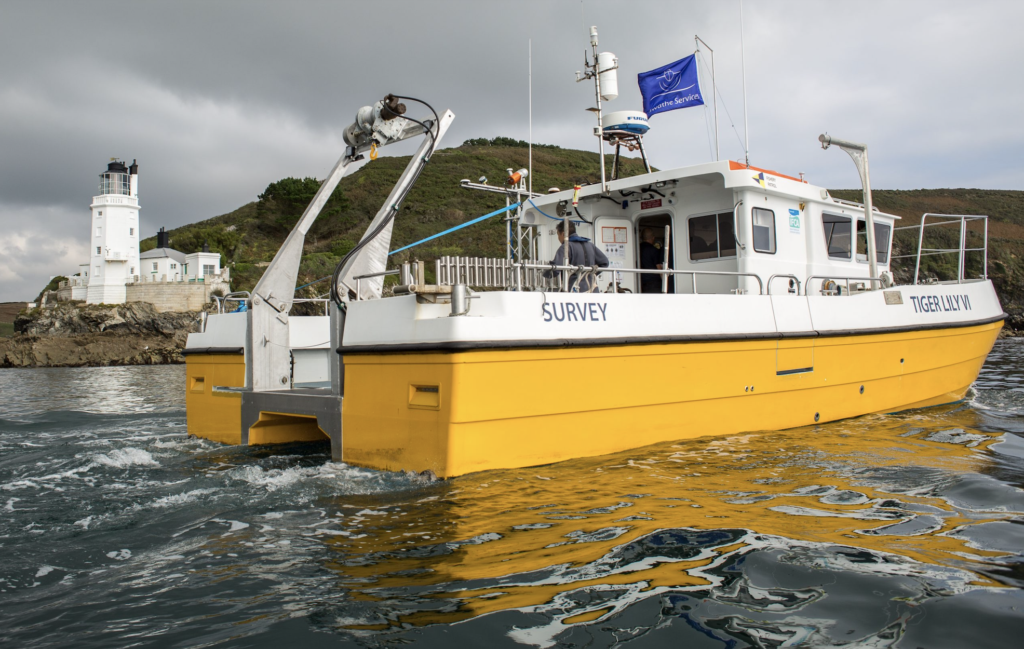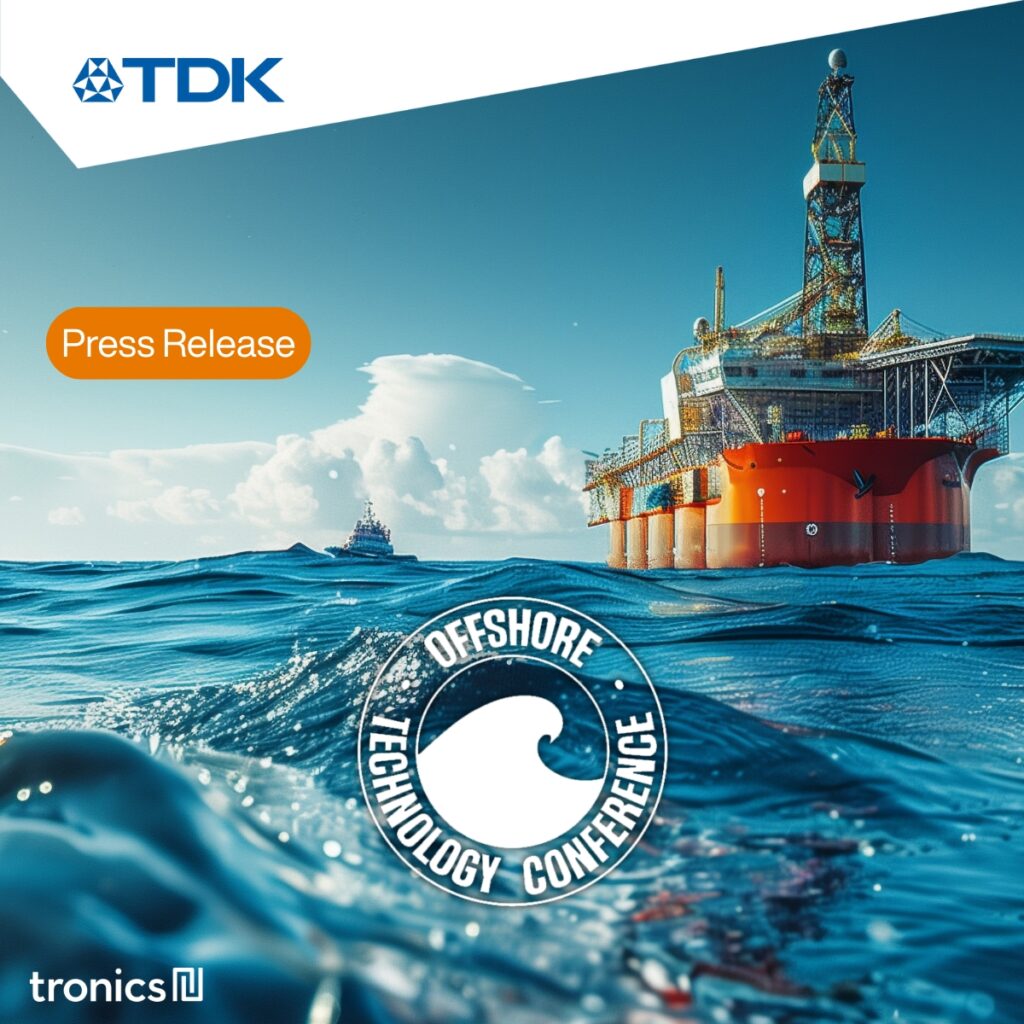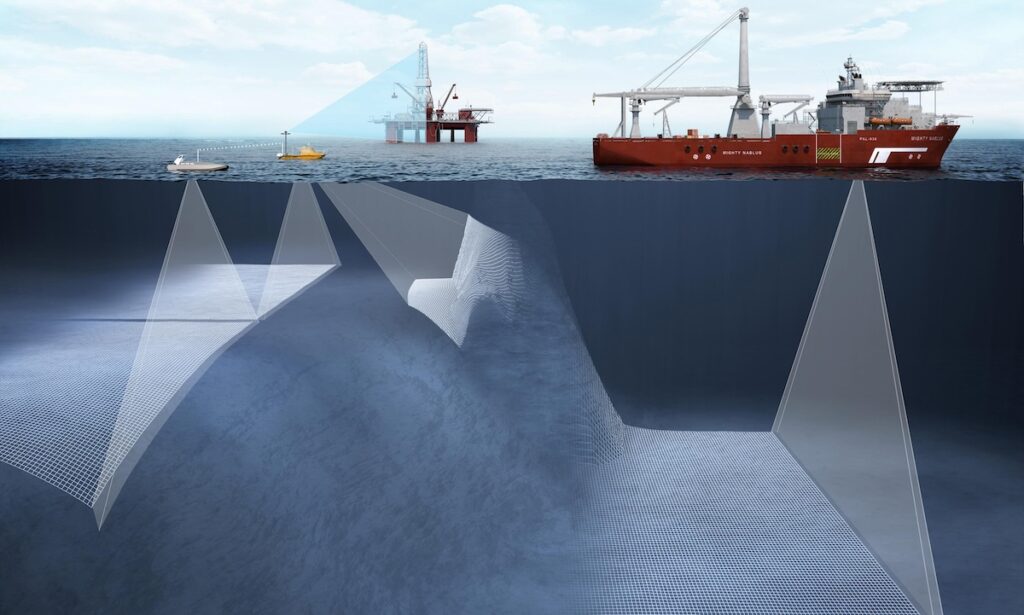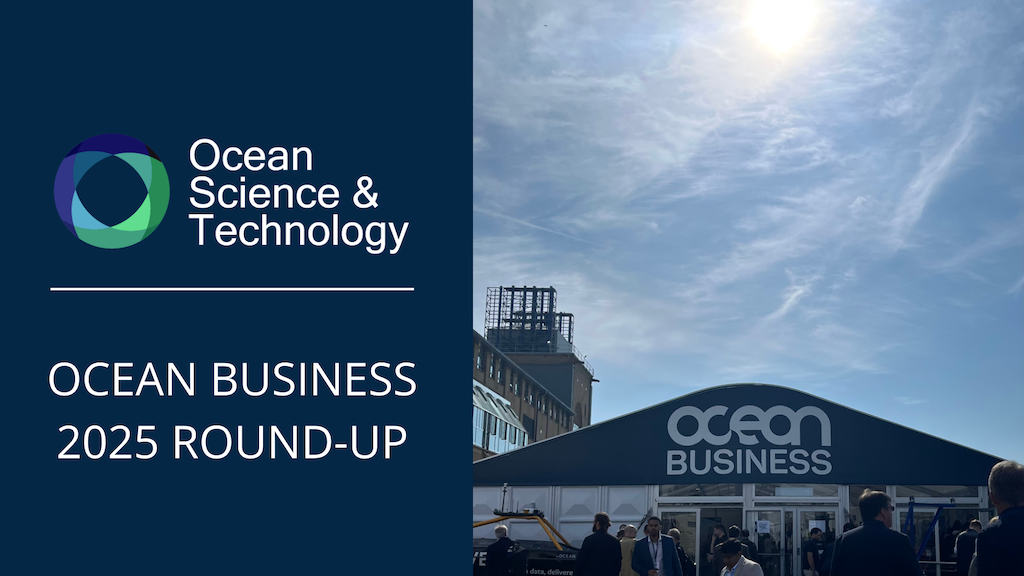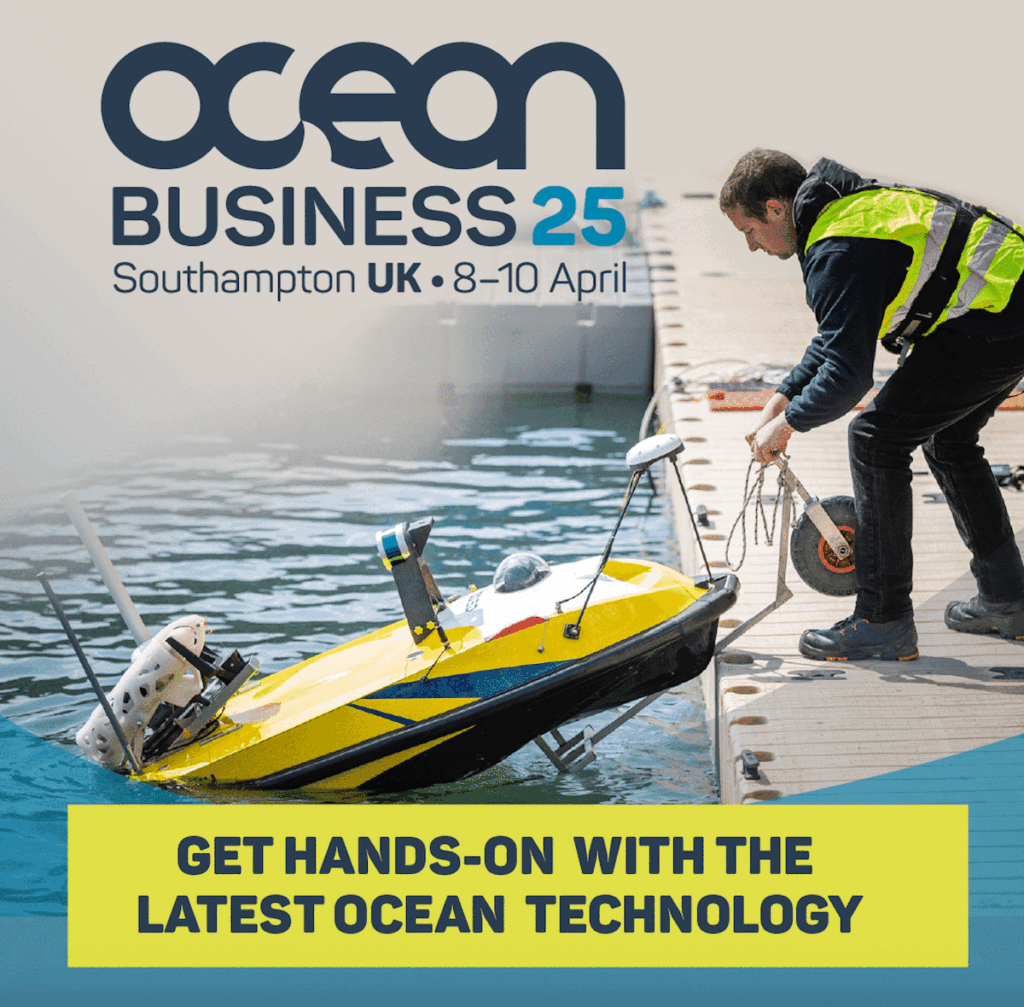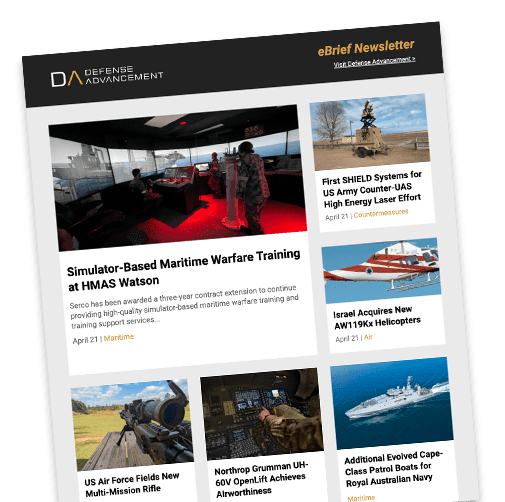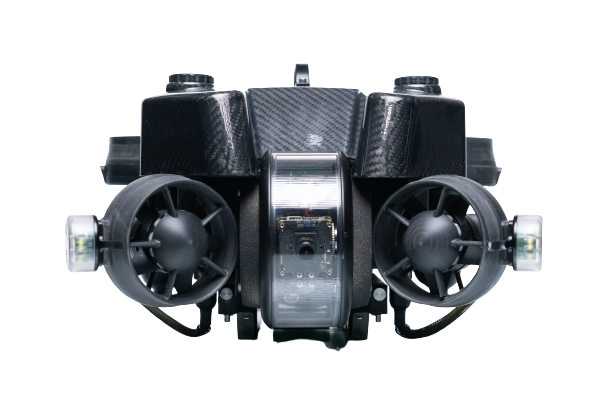
Aquaculture ROV
Discover cutting-edge solutions from 7 leading global suppliers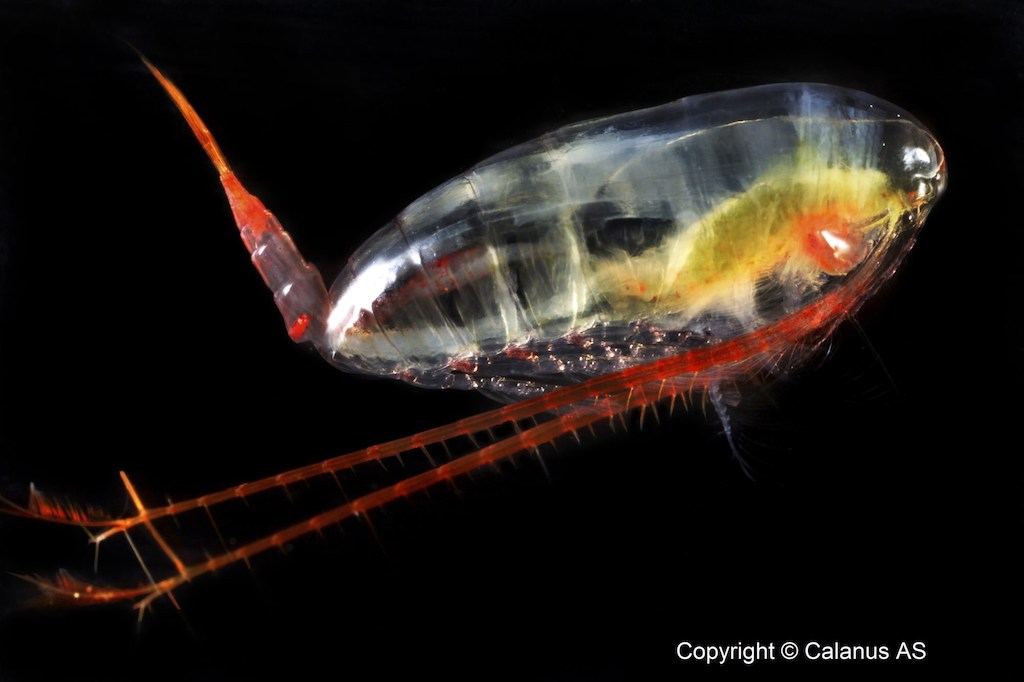
In the sea, fish feed on species lower in the food chain. Can these same species form the basis of a new feed industry supplying the fish farming sector?
Ingrid Ellingsen, a research scientist at SINTEF, believes this is very possible. A new feed industry supplying the fish farming sector with copepods rather than farmed feed could reduce the need to import soya.
SINTEF makes a simple comparison. In the wild, animals either feed on grass and other plants, or prey on smaller animals. Farmers, on the other hand, feed their domestic animals on food that is first harvested and then processed, but is often based on the same raw materials as are available to wild animals.
We can also apply this way of thinking to domesticated marine species. It may seem obvious to start looking for salmon feed resources in the sea, where the fish would naturally find their food. Currently, however, a lot of salmon feed is based on imported agricultural products such as soya.
SINTEF discusses how this is an under-researched resource, and commercial fishing of this particular copepod would remove less than ten one-thousandths of the species’ estimated biomass in the Norwegian Sea.
The company goes on to explain the benefits of this natural food, such as its valuable fat sac, and how the species’ migration patterns will affect how ecologically it can be fished.
The Norwegian aquaculture sector is planning to achieve an annual production volume of five million tonnes by 2050. This will require six million tonnes of dry feed.

If companies like SINTEF want to prevent increases in soya imports, 75 per cent of the protein in future feed materials will have to come from as yet unknown or unexploited sources. Copepods may represent a key part of the solution.
“A growing global population has to be fed, so we shouldn’t be feeding animals food that can be eaten by humans,” argues Ellingsen. “Instead, we should be obtaining the raw materials for fish feed from further down the marine food chain.”
Ellingsen is currently conducting research into bio marine resources at SINTEF Ocean.
For the full article, or to find out more, visit the SINTEF website.


